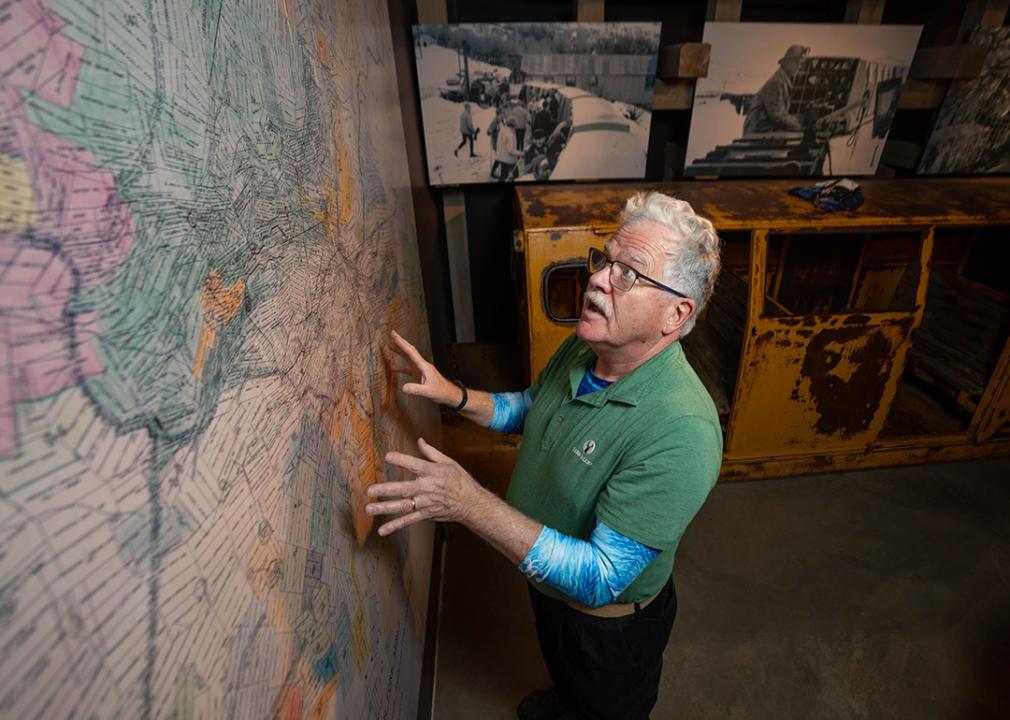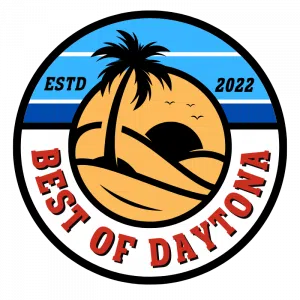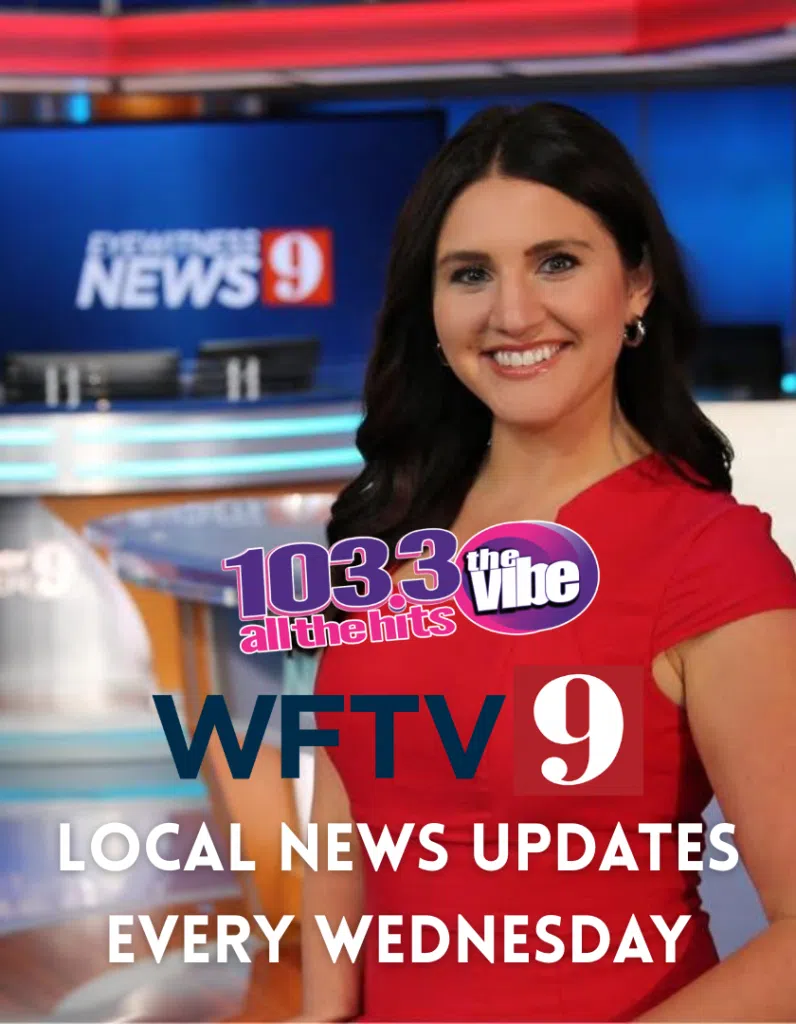Christopher Cherrington // The Salt Lake Tribune The pine branch came off, and Omar’s ear nearly with it. Fifteen years ago, a man nicknamed Omar was part of a crew tasked with clearing a new expert run that dropped into Powder Mountain’s Cobabe Canyon. He was using an extended pole saw to cut away pine boughs when one fell on him, nearly severing his ear. Not one to make a fuss, though, Omar wrapped his injury with a handkerchief and joined the other workers for lunch. When they saw the bloody, makeshift bandage, they insisted on rushing Omar to a hospital. He got 15 stitches … and a trail (Omar’s Ear) named in his honor. Trail maps at Utah resorts are scribbled through with creative, often whimsical, choices of runs and lifts for skiers and snowboarders to explore, The Salt Lake Tribune reports. A Brighton boarder might find herself cruising through Candyland. A skier at Eagle Point can fly down Anasazi Freefall. And a family at Deer Valley Resort could explore the Ruins of Pompeii. The state has, in fact, roughly a thousand named trails and 173 lifts with very few repeat names among them. So how do ski areas go about naming their lifts and runs? The answer, like the resorts, varies greatly. Some methodically plot them out, vetting ideas through marketing teams and any number of corporate suits. Others prefer a more scattershot approach, throwing options at a snowbank to see what sticks. And sometimes, as in the case of Omar’s Ear, the perfect name almost drops right into their lap. But what happens when, rather than the dozen or so new trails that typically accompany a new lift, a resort needs 10 times that many? That’s the sort of impossible task Susie English, Deer Valley’s vice president of marketing, found herself facing last summer. In August 2023, seemingly overnight, the Park City ski area wrapped up five years of negotiations to expand onto 3,700 acres of neighboring land. The acquisition will nearly triple Deer Valley’s size, adding 120 new runs and 16 new lifts to its cache. Never has a Utah resort had to name as many lifts and trails at one time. And with the first phase of the expansion scheduled to open next month and trail signs to be printed, the runs and lifts needed to be named posthaste. “Honestly,” acknowledged English, who has worked for Deer Valley for more than a decade, “it felt a little daunting to even get started.” No Satisfaction Francisco Kjolseth // The Salt Lake Tribune The origins of some trail names are the stuff of folktales. There’s Omar’s Ear. Then, there’s the naming of Snowbird’s Hot Foot Gully, as relayed in a Ski Utah article by John Stratton, one of the resort’s original ski patrollers. Stratton and other patrollers were performing avalanche control after a big storm in February 1975. One of the places they threw charges (hand-tossed packets of TNT) was Peruvian Gulch. After they cleared the area, Stratton returned to ski it and slid right over an undetonated charge. It exploded underneath him, blowing him out of his skis. Somehow, Stratton escaped without injury, but he did have a good idea for a trail name: Hot Foot Gully. Most mountains have at least a few runs named after people who have made great sacrifices, bodily or temporally, for the betterment of the ski area. That’s the norm at Nordic Valley, where employees dubbed an expert trail Great Odin’s Raven. It’s also standard practice at Beaver Mountain, the nation’s oldest family-operated ski area. “Harry’s Dream lift was named after my grandpa Harry Seeholzer,” current GM Travis Seeholzer said. “The lift was completed a year after his death. [It] was always his dream to have a lift to the top of the mountain.” When trail names are needed by the dozens, though, most resorts rely on a unifying idea. “When you name anything, it’s easier to have some sort of theme,” English said. “It gives you some parameters.” Off Brighton’s Great Western Express lift, for instance, skiers will find an Old West motif with trails dubbed Silver Spur and Desperado. Trails named Roulette and Hard Times are part of Brian Head’s Las Vegas through line that nods to the origin of many of its visitors. The runs and lifts below Park City Mountain’s Cloud Dine lodge, meanwhile, are all dream-adjacent. Other themes are more rock ‘n’ roll: Before it became Eagle Point, Elk Meadows operators named the trails at the Beaver-area ski hill after classic rock songs. Think Stairway to Heaven, Born to be Wild, and Crocodile Rock. When the new operators took over in 2009, they left a couple in place, including Satisfaction and Vertigo. The others were rechristened with names reflective mostly of landmarks, loved ones, and college mascots. Still, Deer Valley’s problem was unique. It needed a list of names it could draw from–or perhaps mine is a more accurate term–more than a hundred times. Michael O’Malley, one of Deer Valley’s mountain hosts, knew just where to dig. ‘This Is Gold!’
What's in a name? For Utah's ski resorts, quite a bit.














